Merus® A2 – Active Harmonic Filter
Merus® A2 is a scalable, versatile, and durable active harmonic filtering solution designed and manufactured in Finland using innovative Merus® technology.
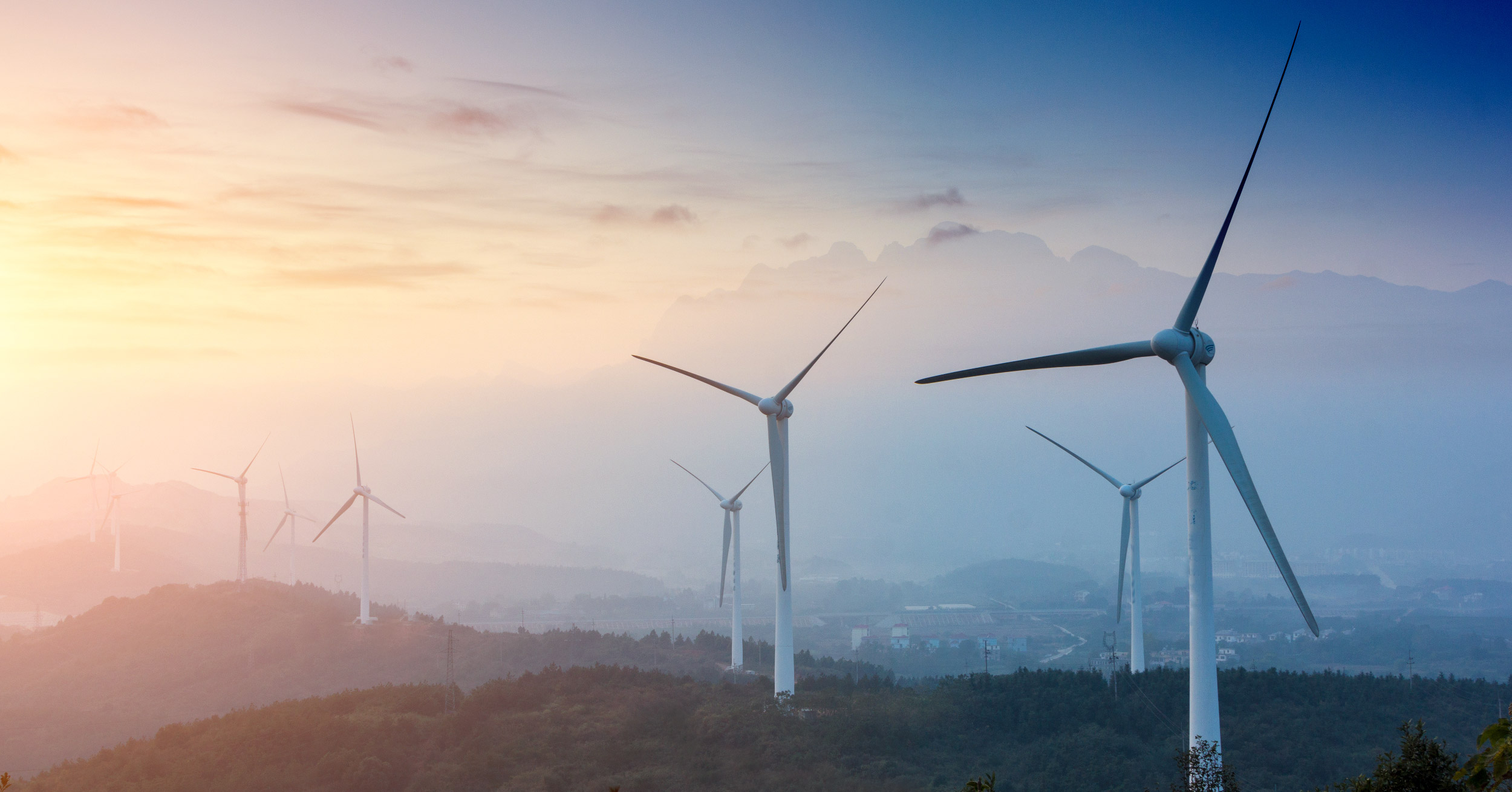
The advancement in wind turbine technology has made today’s wind turbines more efficient and powerful than before. Increased integration of wind energy into the power grid impacts the grid’s stability, due to the inherent variable and uncertain nature of wind power.
Several factors contribute to such variability and uncertainty. For instance, more wind power can be available during low load conditions and vice versa making wind power a non-dispatchable resource of electricity. In addition, most of the larger wind farms are often located far from the main grid thus the produced surplus energy may not be added to the transmission network due to transmission constraints.
With the recent growth of the wind industry, these issues of instability and poor reliability of the system are expected to worsen. Along with these variability and uncertainty changes, wind farms can also suffer from different kinds of power quality issues such as harmonic distortions and low-voltage ride-through (LVRT), among others.
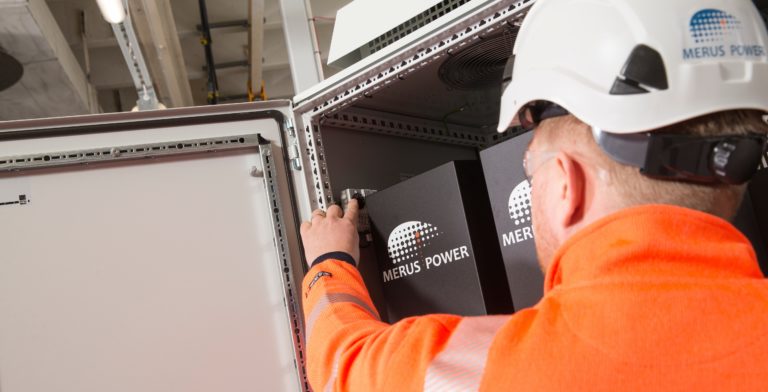
Merus® A2 is a scalable, versatile, and durable active harmonic filtering solution designed and manufactured in Finland using innovative Merus® technology.
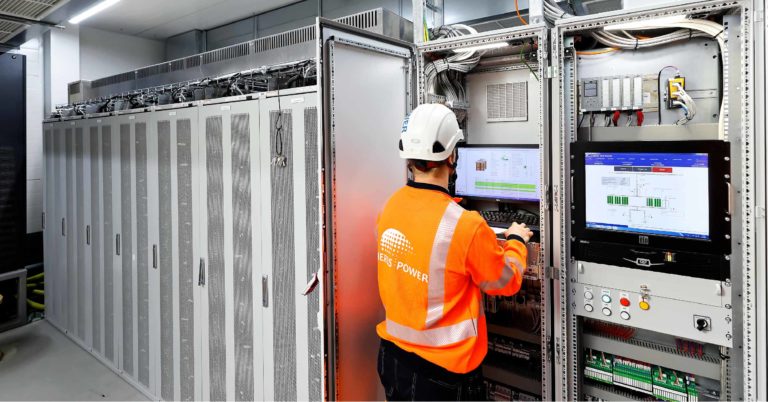
Merus® Energy Storage System is a scalable lithium-ion battery energy storage system fully designed by Merus Power.
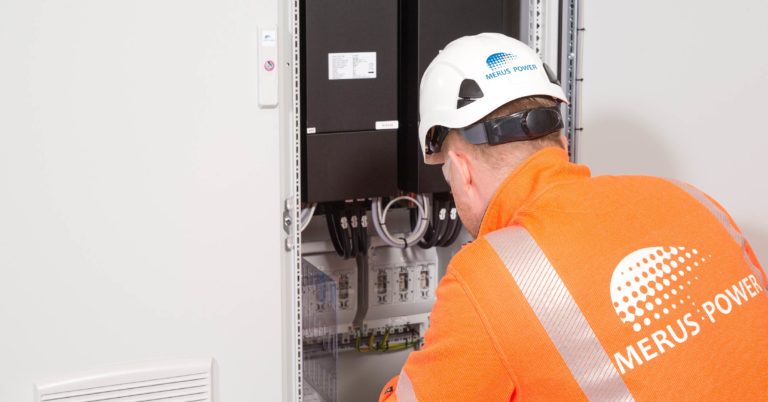
Merus® HPQ is an all-in-one power quality system for combined active harmonic mitigation and power factor correction.
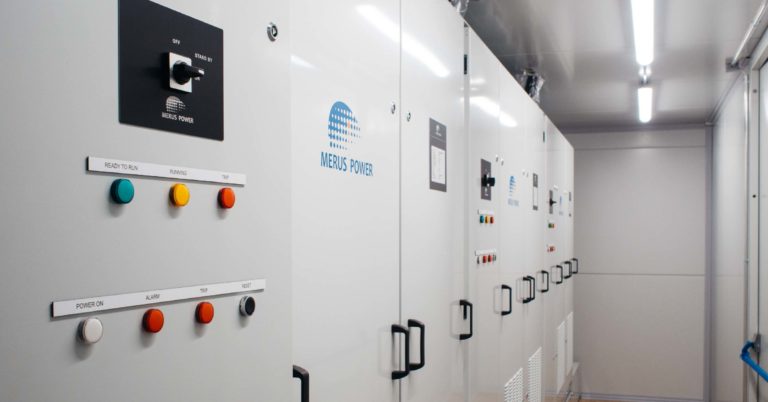
Merus® STATCOM is a modular and modern Static Synchronous Compensator for demanding applications and heavy industrial loads.